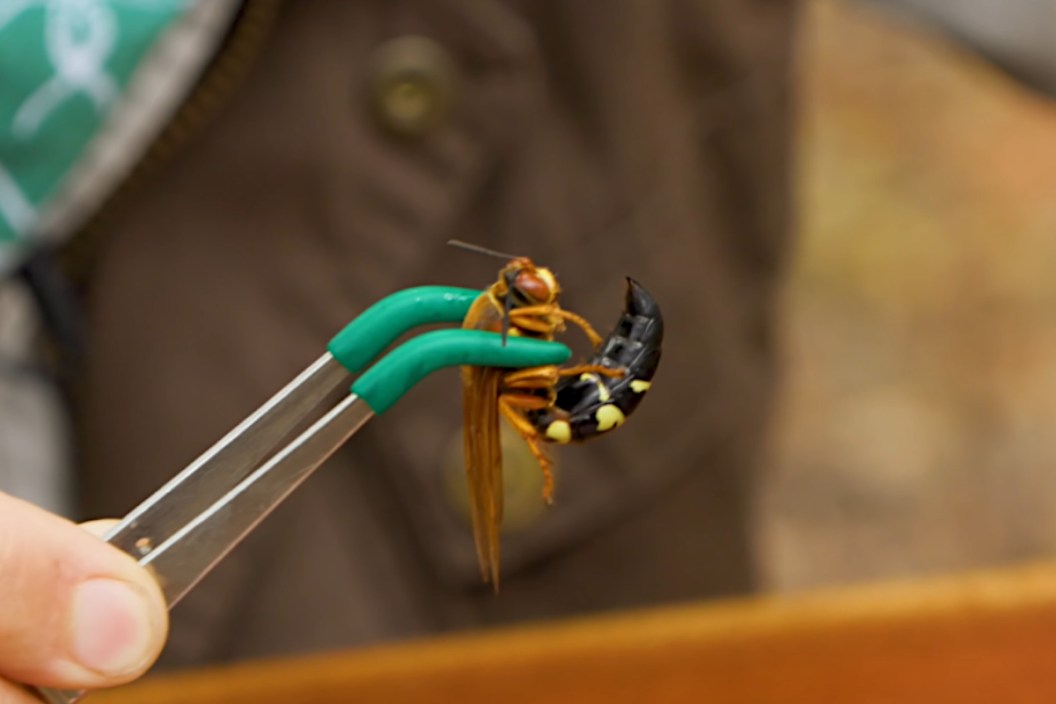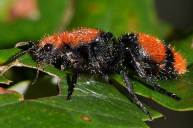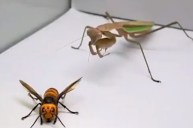Coyote Peterson comes out of "sting retirement" for the cicada killer.
North American is home to a bevy of unique and frightening-looking insect species and the "cicada killer," (Sphecius speciosus). Also known as a paper wasp, this bug is often confused with the Asian giant hornet or "Murder hornet" as it came to be known during a viral news craze earlier this year.
However, the cicada killer hornet is nothing like the Asian giant hornet and it has unfairly gotten a bad rap as a result. That is where one of our favorite YouTube bug experts, Coyote Peterson comes in. See, Coyote wants to break some of the myths about the cicada killer and the best way for him to do that, is to take a sting from it.
If you're not familiar with Coyote, he has purposely experienced some of the most painful bites and stings from various creatures that run, fly, swim or crawl on this earth. Coyote said he was done with these experiments a few years ago, but the cicada killer is here to bring him out of retirement.
We have seen Coyote take some truly nasty stings and bites over the years and this one seemed to be one of the easier ones for him. We are still glad it was him and not us! Technically this is the second time he's come out of sting retirement. He also did a video on the warrior wasp after originally testing every other insect on the "pain index." We'll see how long it is until his next sting from this experiment.
In any case, it was fascinating to learn about the cicada killer's life cycle. It sounds like something from the plot of a horror movie. The wasp stings and paralyzes a cicada before laying an egg in its body. When the egg hatches, the pupa eats the cicada alive before spinning a cocoon and turning into an adult wasp.
Wild stuff. Thankfully, these wasps are only a threat to cicadas. Unless you are allergic to insect stings, you probably have little to worry about with this bug as the pain does not last and stings are rare. Still, it's probably wise to give them a wide berth if you encounter them in the wild!
For more outdoor content from Travis Smola, be sure to follow him on Twitter and check out his Geocaching and Outdoors with Travis YouTube channels.
NEXT: THE AXIS DEER AND HOW THEY'RE IMPACTING PARTS OF THE UNITED STATES
WATCH





